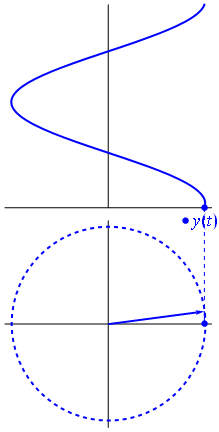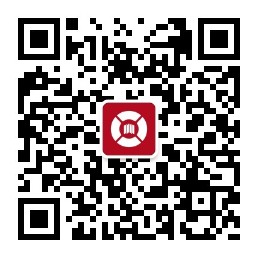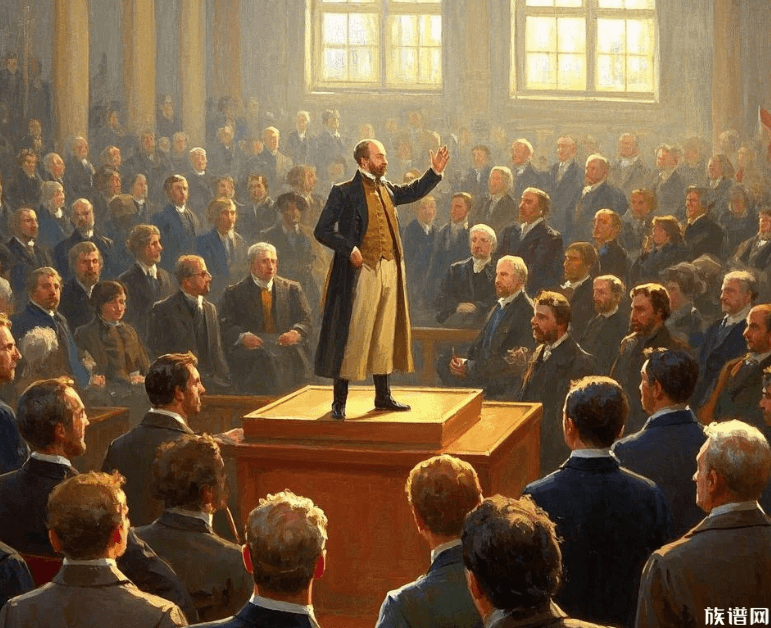量
背景
量的概念自古即有,可以追溯到亚里士多德的时代或更早。亚里士多德将量作为一个基本的本体论的和科学的类别。在亚里士多德的本体论中,量或者量子被分类为不同的类型,他总结如下:
更多实例
数量的一些进一步的例子有:
1.76升牛奶,连续的量
2πr米,其中r是用米表达的圆的半径,也是一个连续量
一个苹果,两个苹果,三个苹果,其中数字是一个代表可数的物体(苹果)的集合的整数
500人(也是一个个数)
一对通常表示两个物体
少数几个通常指三个或四个
参考
Aristotle, Logic (Organon): Categories, in Great Books of the Western World, V.1. ed. by Adler, M.J., Encyclopaedia Britannica, Inc., Chicago (1990)
Aristotle, Physical Treatises: Physics, in Great Books of the Western World, V.1, ed. by Adler, M.J., Encyclopaedia Britannica, Inc., Chicago (1990)
Aristotle, Metaphysics, in Great Books of the Western World, V.1, ed. by Adler, M.J., Encyclopaedia Britannica, Inc., Chicago (1990)
Hölder, O. (1901). Die Axiome der Quantität und die Lehre vom Mass. Berichte über die Verhandlungen der Königlich Sachsischen Gesellschaft der Wissenschaften zu Leipzig, Mathematische-Physicke Klasse, 53, 1-64.
Klein, J. (1968). Greek Mathematical Thought and the Origin of Algebra. Cambridge. Mass: MIT Press.
Laycock, H. (2006). Words without Objects: Oxford, Clarendon Press.#
Michell, J. (1993). The origins of the representational theory of measurement: Helmholtz, Hölder, and Russell. Studies in History and Philosophy of Science, 24, 185-206.
Michell, J. (1999). Measurement in Psychology. Cambridge: Cambridge University Press.
Michell, J. & Ernst, C. (1996). The axioms of quantity and the theory of measurement: translated from Part I of Otto Hölder’s German text "Die Axiome der Quantität und die Lehre vom Mass". Journal of Mathematical Psychology, 40, 235-252.
Newton, I. (1728/1967). Universal Arithmetic: Or, a Treatise of Arithmetical Composition and Resolution. In D.T. Whiteside (Ed.), The mathematical Works of Isaac Newton, Vol. 2 (pp. 3-134). New York: Johnson Reprint Corp.
Wallis, J. Mathesis universalis (as quoted in Klein, 1968).
免责声明:以上内容版权归原作者所有,如有侵犯您的原创版权请告知,我们将尽快删除相关内容。感谢每一位辛勤著写的作者,感谢每一位的分享。

- 有价值
- 一般般
- 没价值








24小时热门
推荐阅读

关于我们

APP下载
























{{item.time}} {{item.replyListShow ? '收起' : '展开'}}评论 {{curReplyId == item.id ? '取消回复' : '回复'}}